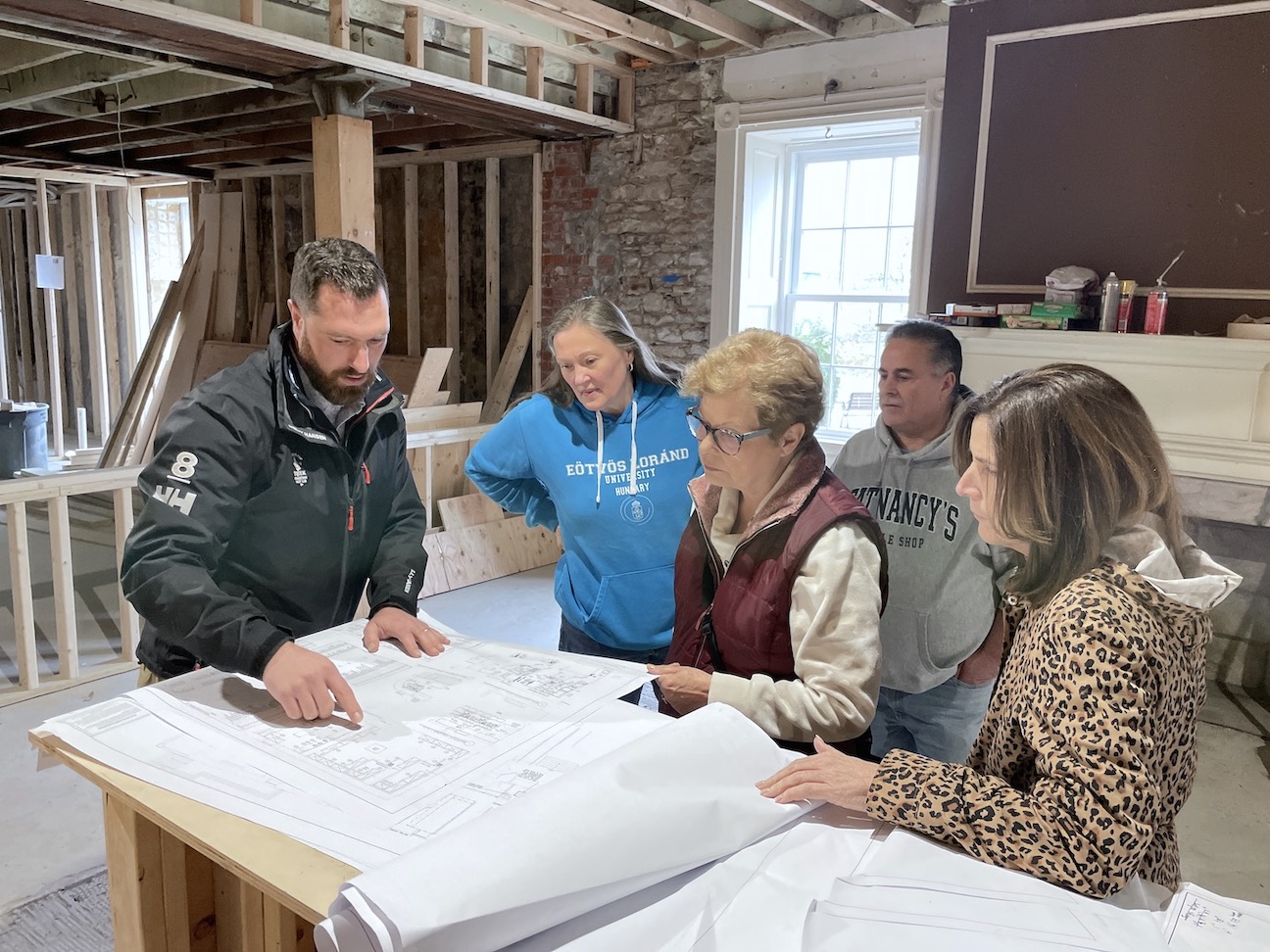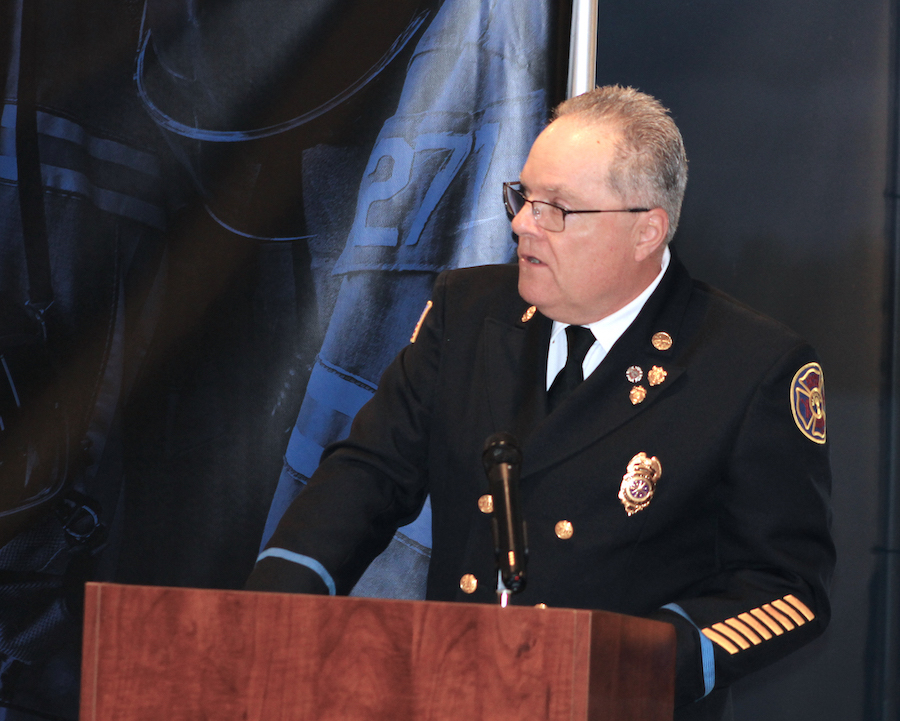Featured News - Current News - Archived News - News Categories
The American side of the Niagara River Corridor, iconic for its world-renowned waterfalls and globally significant bird and fish populations, was designated Thursday by the U.S. as a Wetland of International Importance under the world’s oldest environmental treaty, the Ramsar Convention.
A press release said, “Visited by millions of people, and the source of electrical power for vast populations of two countries, the Niagara River is vital to North America’s economy. It is enjoyed by hundreds of thousands of boaters, hikers, anglers, birdwatchers and swimmers each year. The river is a laboratory for research and education that informs the world and it serves as a model of successful conservation and restoration in the midst of large cities.”
“Anyone who has spent time around the Niagara River corridor understands it is arguably one of the most incredible places in the world,” Congressman Brian Higgins said. “This Ramsar designation formally solidifies, and highlights for the world, the Niagara River corridor’s standing as a site of international significance. I commend the local stewards who sought out and secured this designation.”
Representatives from the Niagara River Greenway Commission, U.S. Fish and Wildlife Service, University at Buffalo, the binational Niagara River Corridor Ramsar Site Steering Committee, New York State Parks, and New York State Department of Environmental Conservation, joined Higgins, local officials, and community members to celebrate the designation at Goat Island.
“The Niagara River has captivated American and global citizens alike as a national symbol, a cultural landmark and as a milestone in America’s modern conservation movement,” said Steve Guertin, the service’s deputy director. “It’s only fitting that one of the most recognizable waterfalls in the world be included in the Ramsar convention’s wetlands of international importance.”
The Niagara River Corridor joins 39 other U.S. wetlands, including the recently designated Elkhorn Slough, and more than 2,300 other wetlands around the world to become part of a network that formed as a result of the treaty, signed in Ramsar, Iran, in 1971.
“This designation will draw attention to the Niagara River, beyond just the Niagara Falls, enhancing the quality of life for the region’s residents and increasing the breadth of appreciation for this amazing natural resource,” said Greg Stevens, executive director of the Niagara River Greenway Commission, the organization that spearheaded the river’s nomination along with the a binational steering committee formed in 2014. “Every day, hundreds of kayakers, birdwatchers, anglers and other visitors enjoy the fish, migratory birds, world-renowned waterfalls and history of the Niagara River corridor. The corridor has long been recognized by local, state and federal organizations as exceptional, and this designation is consistent with the state approved Niagara River Greenway Plan.”
The designation was approved by the U.S. Department of State and the service this year.
“We are thrilled to see the local community come together with federal, state and local governments to support recognition of the Niagara River as a Ramsar Convention Wetland of International Importance,” said Marcia Bernicat, principal deputy assistant secretary of state for Oceans and International Environmental and Scientific Affairs. “The Niagara River corridor is a shining example of how public-private partnerships foster solutions that benefit both people and the environment.”
“The U.S. Fish and Wildlife Service is committed to working with states and local communities to emphasize the practical importance of wetlands,” said Service Principal Deputy Director Margaret Everson. “Thoughtful and sustainable use of wetland resources that connect people with their environment is critical to the long-term conservation of these areas, and the Niagara River is a tremendous example of the convention’s wise-use principles.”
The press release added, “The ecology of the corridor has been shaped by millennia of human activity, from indigenous civilizations to urban development and global tourism and transportation. Bloody battles were fought during the War of 1812 along the Niagara River corridor. It was at Niagara that freedom was won for the many thousands of slaves travelling the Underground Railroad. The raw beauty of the Niagara inspired the creation of the continent’s first state and provincial parks and innovative efforts to harness the brute force of the river established Niagara as the birthplace of hydroelectric energy.
“Despite the region’s advances, two centuries of industrialization and population growth along the Niagara River corridor led to serious environmental degradation, yet the river and its people are resilient. The infamous Love Canal helped to spur the environmental justice movement, and plans are being implemented to reverse past and prevent future degradation. Today, the river is healthier than it has been in generations, and conservation in concert with economic development is leading to the region’s renaissance.”
“There has been overwhelming support for this designation from communities along the Niagara River since day one,” said Jajean Rose-Burney, deputy director at the Western New York Land Conservancy and the U.S. co-chair of the binational steering committee. “The designation highlights the ongoing restoration of the health of the Niagara River. It will help everyone see that the river is one of the most important natural places on Earth.”
To be designated as a part of the Ramsar Convention, a wetland must meet at least one of nine criteria, including hosting more than 20,000 shorebirds at a time, serving as fish nursery habitat, and supporting threatened species. The convention emphasizes a wise-use principle, the maintenance of wetland’s ecological character, achieved through the implementation of ecosystem approaches, within the context of sustainable development. In the U.S., the service has emphasized the overlapping priorities of jobs, recreation, education and conservation in the wise use of wetlands.
“It was an honor to lead 11 semesters of University at Buffalo School of Law Environmental Advocacy Clinic student attorneys to support this designation,” said professor Kim Diana Connolly from UB School of Law, a legal expert on the Ramsar Convention. “Students performed top-notch legal and policy service-learning work over six years, and supported an innovative partnership among the leading environmental intuitions, local elected leaders, state, federal and national governmental leaders, and the community at large. This is an exciting and well-deserved moment for western New York and the Ramsar community.”
The tourism industry in the Niagara Region supports more than 50,000 jobs and generates nearly $900 million annually in direct labor income. Hundreds of thousands of people in both the U.S. and Canada receive their drinking water from the Niagara River, which also serves as a key resource for agriculture and industry. The river has long been a hotspot for training the next generation of conservationists; important centers of research and education are housed in the region’s leading academic institutions.





























